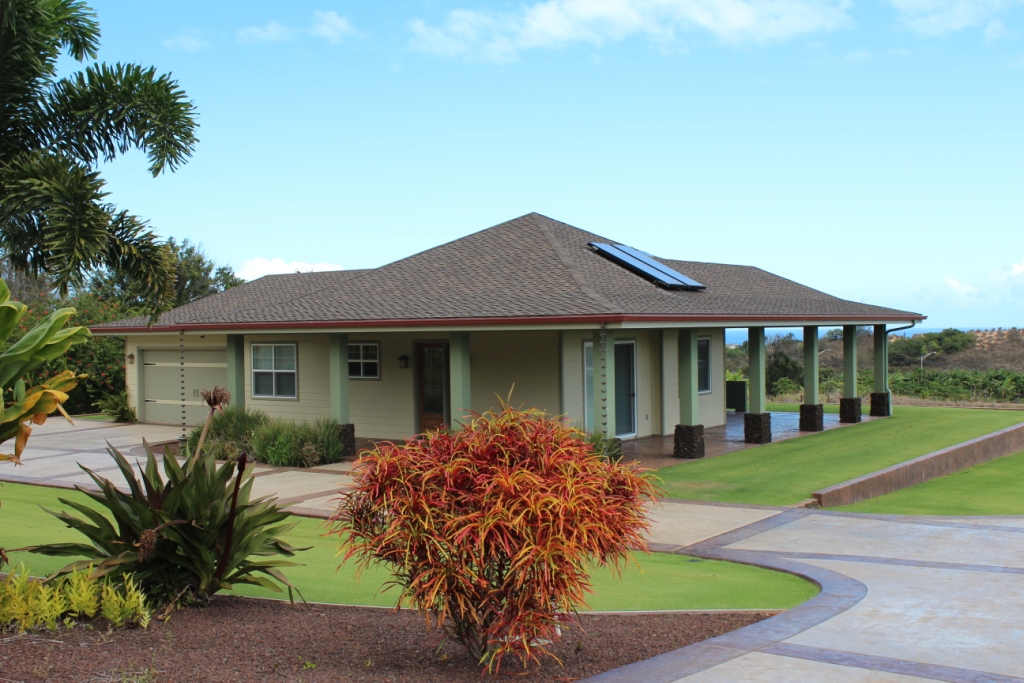The Insurance Perks of Building New
0 Comments | Posted by armchairbuilder in Build Your Own Home, Owner-Builder
Building a new home has been your dream, but you probably didn’t expect that that insurance benefits involved could make it even better. Insurance carriers typically prefer to insure newer homes because they usually involve less risk. Many offer policyholders up to 10% in discounts when they buy newer homes. In addition, new homes typically put owners in the category of preferred policyholders, which usually results in better premiums.
If you’re building your own home, be aware of features that can qualify you for lower monthly home insurance premiums. The adage “measure twice, cut once” applies literally to the building process and also to adding features now that could save you money for years to come.
Going green saves green
Greener and environmentally friendly materials aren’t just sustainable; they also help your wallet. Using recycled content for counters, tile, or paint can be the cheaper and more durable option. Greener materials and systems also can save you in home insurance costs. Some carriers offer discounts for green materials because they are environmentally friendly. The main reason for green materials price breaks, however, is that they typically last longer and are less susceptible to damage caused by severe weather.
The home building advantage
Leadership in Energy and Environmental Design-certified systems can save you money on utilities and home insurance. Here are a few features that could qualify you for lower monthly premiums:
- Electrical system: Newer electrical systems are more energy-efficient and are much less likely to be faulty or cause fires. Because newer systems minimize the risk of a fire, a new home owner can get lower insurance premiums. Even new systems that aren’t necessarily LEED-certified use features such as circuit breakers and grounded outlets that lower the chance of a fire.
- Plumbing: Water damage set back homeowners an average of almost $7,000 a year, and water damage from frozen or burst pipes typically accounts for about 20% of all homeowners insurance losses. By building new, you are already saving future headaches by cutting your risk of plumbing failure. Install energy efficient, LEED certified features such as low-flow faucets and dual flush toilets to save even more money on utility costs.
- HVAC system: Some carriers institute specific central air conditioning or heating system requirements in certain areas due to increased risk of mold, fire, or burst pipes. Modern systems are less likely to fail. Air conditioning failures can spark fires, while heating failures can result in frozen and burst pipes and water damage. Energy-efficient systems also save you on electricity costs.
- Roof: Damage from severe weather costs an average of nearly $6,500 per claim. Much of this damage is to the roof of the home, so you can see why new homes with new roofs appeal to home insurance providers. Even if you don’t live in a disaster-prone area, consider green-friendly materials such as aluminum and steel. These materials are more durable, last longer, and resist storm damage more effectively.
Safeguarding your interests
In general, the lower the risk a home involves, the lower the home insurance premiums for that home. It might seem obvious, therefore, that installing new safety systems in homes can qualify homeowners for price breaks. Two such safety systems are:
- Fire safety system: The average cost of a fire damage claim is more than $31,000. Safety features such as smoke detectors, sprinklers, and fire extinguishers in your home can lower your home insurance premiums.
- Security system: A break-in can cost homeowners $3,200 on average. If you build your home with stronger locks, more up-to date security features, and anti-theft technology including monitored security, you can have better peace of mind about your safety and about the cost of your premiums.
The time is now
If you’re thinking of building now, plan for the future. Add stronger materials and safer systems to your building plans to protect what you create. You could save money on insurance; more importantly, you could add years to the life of your dream home.
This article was contributed by Carrie Van Brunt-Wiley and Katherine Wood, contributors to the HomeInsurance.com Blog. The HomeInsurance.com blog has served as a consumer resource for home safety and maintenance tips since 2007.


